Have you ever found lumps or small balls in your extra virgin olive oil from Spain, either at home or in the supermarket? This can be one of the effects of the cold, so we tell you about them, and whether you should worry about them appearing when using them.
In places where the cold is common, there are several habits that people should adopt in their daily lives, such as protecting windscreens or wearing appropriate clothing, and in the kitchen, this is no exception, as in the case of olive oil from Spain, which usually shows physical changes.
Extra virgin olive oil from Spain and cold temperatures
What happens with low temperatures and our olive oil? Does olive oil go bad? Cold weather causes the fatty. Cold weather causes the fatty acids that confirm extra virgin olive oil from Spain to solidify, generating those lumps at the bottom of the bottle.
Moreover, this same cold weather not only generates lumps, but can also cause those bottles of extra virgin olive oil from Spain to have variations in colour and texture, making them thicker. However, these changes are not dangerous, harmful to us, nor do they affect the quality of the oil.
Therefore, what happens is that as it is a natural product, when subjected to temperature changes, it will freeze and form a single block that will be solid. A similar example of what happens with olive oil could be the case of water, which will freeze as the temperature drops.
However, in the case of extra virgin olive oil from Spain, as it is composed of fatty acids with different melting points or freezing temperatures, its change of state will not be as uniform.
Why does this happen in the cold?
Spanish extra virgin olive oil is composed of triglycerides, which have a particular structure, such as oleic, linolenic or palmitic acid.
Therefore, according to each type of fatty acid, the temperature at which they will freeze can vary, from 18ºC to -3ºC. In the specific case of oleic oil, the main component, the temperature at which the oil can begin to thicken will be 13ºC. Hence, depending on the composition and structure of the fatty acids we have just mentioned, the physical change they will generate in Spanish extra virgin olive oil. However, it is important to mention that this will not affect its taste or cause any harm to its consumption.
How to return the extra virgin olive oil from Spain to its normal condition
Although it is true that it will not affect the gastronomic qualities of the product, if you want to restore it to its normal state it is simple, as all you have to do is increase its temperature to 20º. If you avoid high temperatures and direct light, your extra virgin olive oil from Spain will be in perfect condition for use.
Don’t worry about these changes in the olive oil, because your extra virgin olive oil from Spain retains its flavour and your recipes will not be affected, so you can relax and use it as usual.
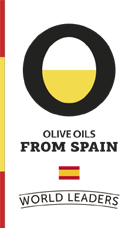

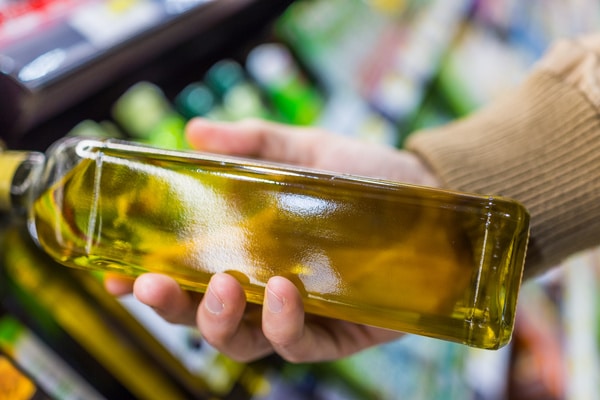


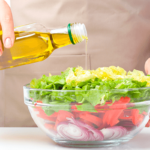


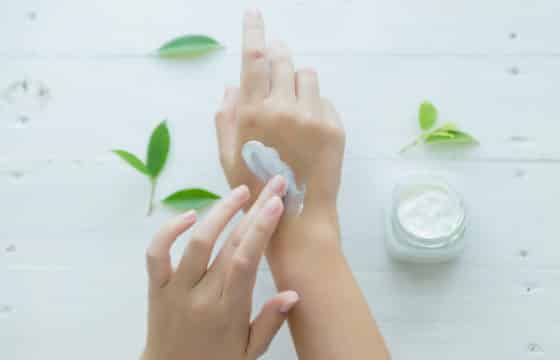
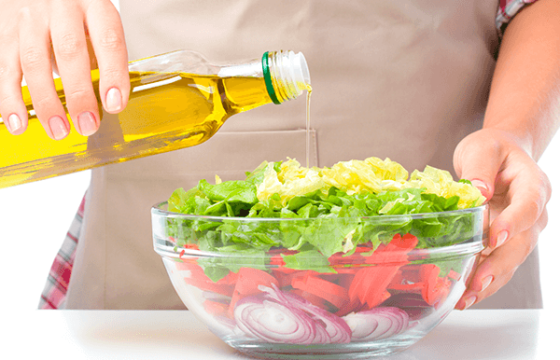

0 Comments